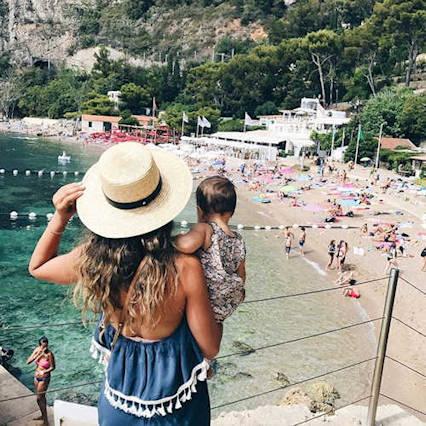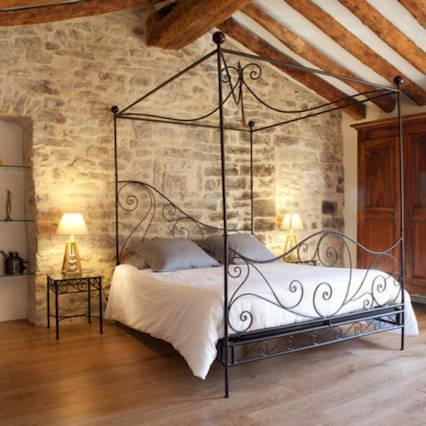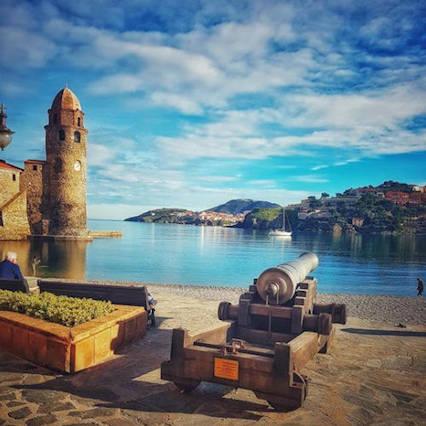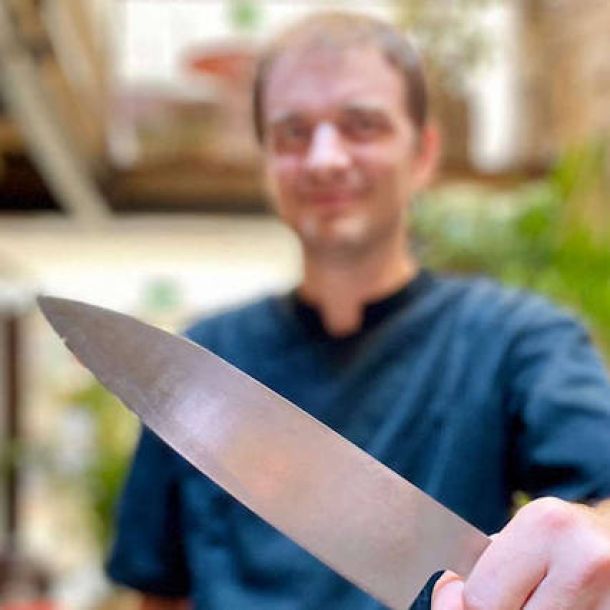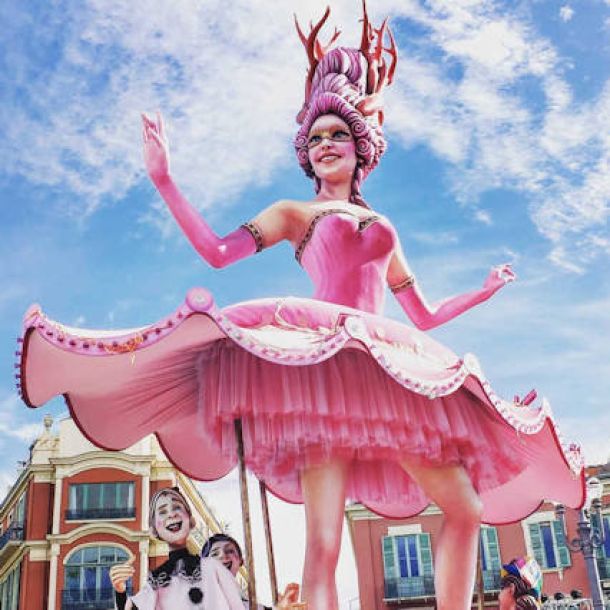- Last updated on .
- Hits: 4139
Vincent van Gogh in Arles and the South of France
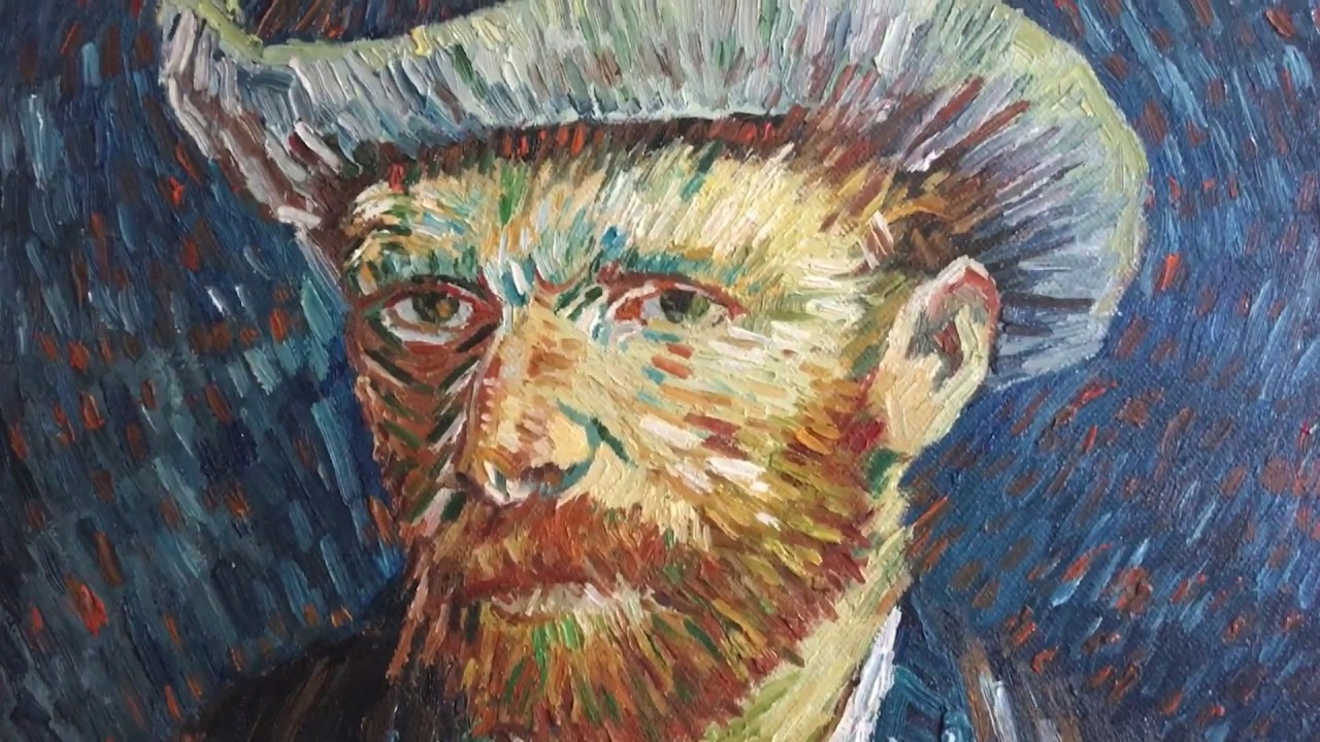
Van Gogh is linked to two main places in the South of France: Arles and Saint Remy de Provence. He had initially travelled to the South of France from Paris in 1888, with the hope that the sunny, dry climate would improve his health (which was deteriorating from too much alcohol and smoking). His aim was to establish a "studio in the South" for fellow artists to produce artwork which could be sold by his brother Theo van Gogh back in Paris.
In 1888 van Gogh left Paris for Provence. Here he painted some of his most impressive works. Van Gogh painted more than 200 canvases during his 15 month stay in the South of France. During this time van Gogh sold no paintings and was frequently in poverty and suffered repeated mental illness. This culminated in long spells in hospital in Arles and Saint-Remy. During this period in Arles, van Gogh began to use the swirling brush strokes and intense yellows, greens, and blues associated with such typical works as 'Bedroom at Arles' (1888), and 'Starry Night' (1889).
In his enthusiasm, van Gogh induced the painter Paul Gauguin, whom he had met earlier in Paris, to join him in the South of France. After less than two months they began to have violent disagreements, culminating in a quarrel in which van Gogh physically threatened Gauguin with a razor. The same night, in deep remorse, van Gogh cut off part of his own ear.
This period of his life was extremely productive and helped to establish van Gogh's reputation as a Master. Whilst it is often claimed that van Gogh never sold a single painting during his lifetime and he died penniless, this is not entirely true. Yes, he lived in abject poverty for most of his life (living off the generosity of his brother); but he did sell one painting, the 'Red Vineyard in Arles' for about $1800 in today's money. It has been estimated that the combined value of his work from his 15 month period in the South of France, is well over $1.5 billion. Yes that is billions.
Van Gogh in Arles, South France
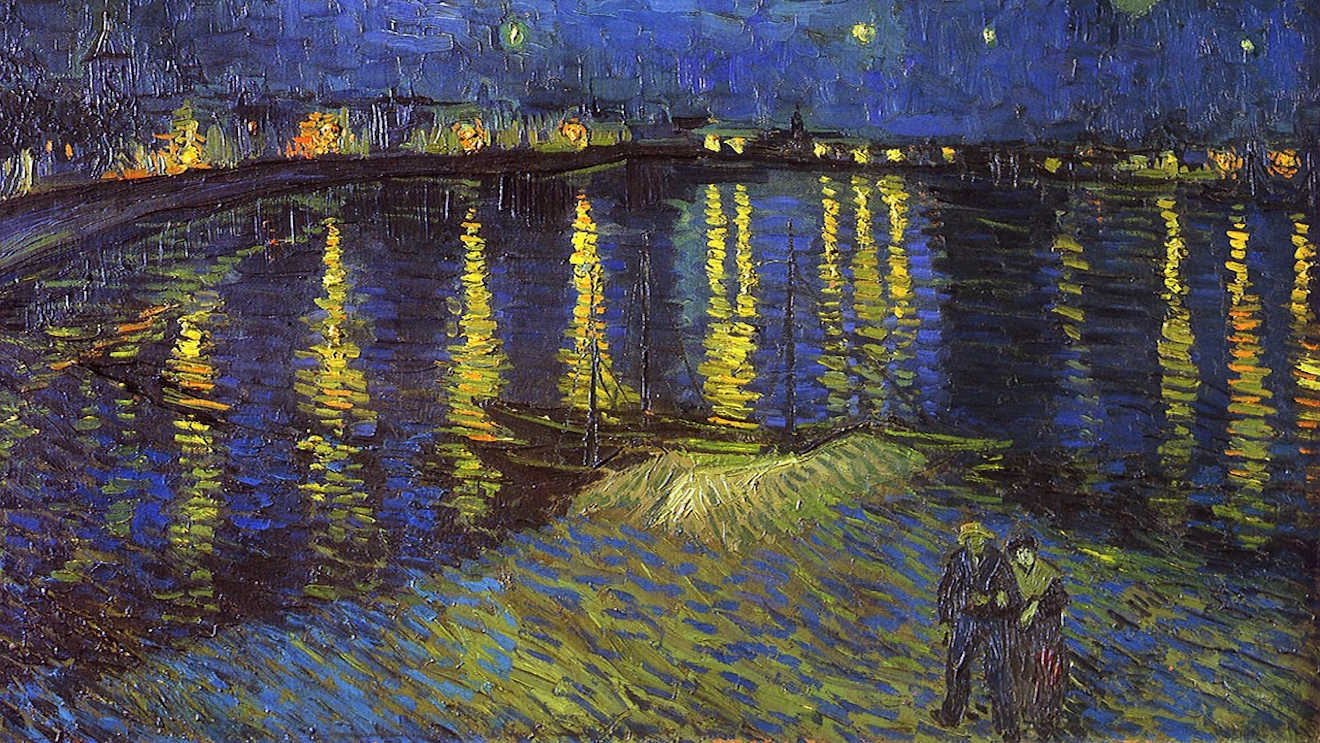 Starry night over the Rhône, Vincent van Gogh 1888
Starry night over the Rhône, Vincent van Gogh 1888
Van Gogh arrived in Arles during February 1888. During May 1888 he leased 4 rooms in the famous Yellow House (which is depicted in two of his painting, the infamous 'Bedroom in Arles' (1888) and 'The Yellow House' (1888) with the aim of creating a gallery to exhibit his paintings and attracting other artists to join the 2-3 painters with whom he had made contact with. Van Gogh's period in Arles is regarded as his most prolific. During the 12 months van Gogh stayed in Arles, he produced an incredible 187 paintings and drawings. Whilst some were often duplicates or variations of the same theme (with varying degrees of quality), he did produce some of his famous masterpieces including: 'The Sower' (1888), 'The Night Cafe' (1888), 'The Café Terrace on the Place du Forum' (1888), 'Starry Night over the Rhone' (1889), Jardin d'Ete' (1888), ' L'Hôpital d'Arles' (1888), 'Café terrace at Night' (1888), 'Le Pont' (1888), 'Vase with 12 Sunflowers' (1888), 'Van Gogh's Chair' (1888) and 'Self-portrait with Bandaged Ear' (1889). Van Gogh also visited the nearby Camargue countryside and villages, including Tarascon, Saintes Maries de la Mer and Montpellier.
In October, van Gogh was joined by Paul Gauguin and they started to form their famous partnership. In truth, the relationship between van Gogh and Gauguin was always a bit fraught and not the true friendship that van Gogh had hoped for. Van Gogh had been introduced to Paul Gauguin by his art dealer brother, Theo van Gogh, and there is some evidence that Gauguin had to be 'encouraged' by Theo van Gogh to join his brother in Arles.
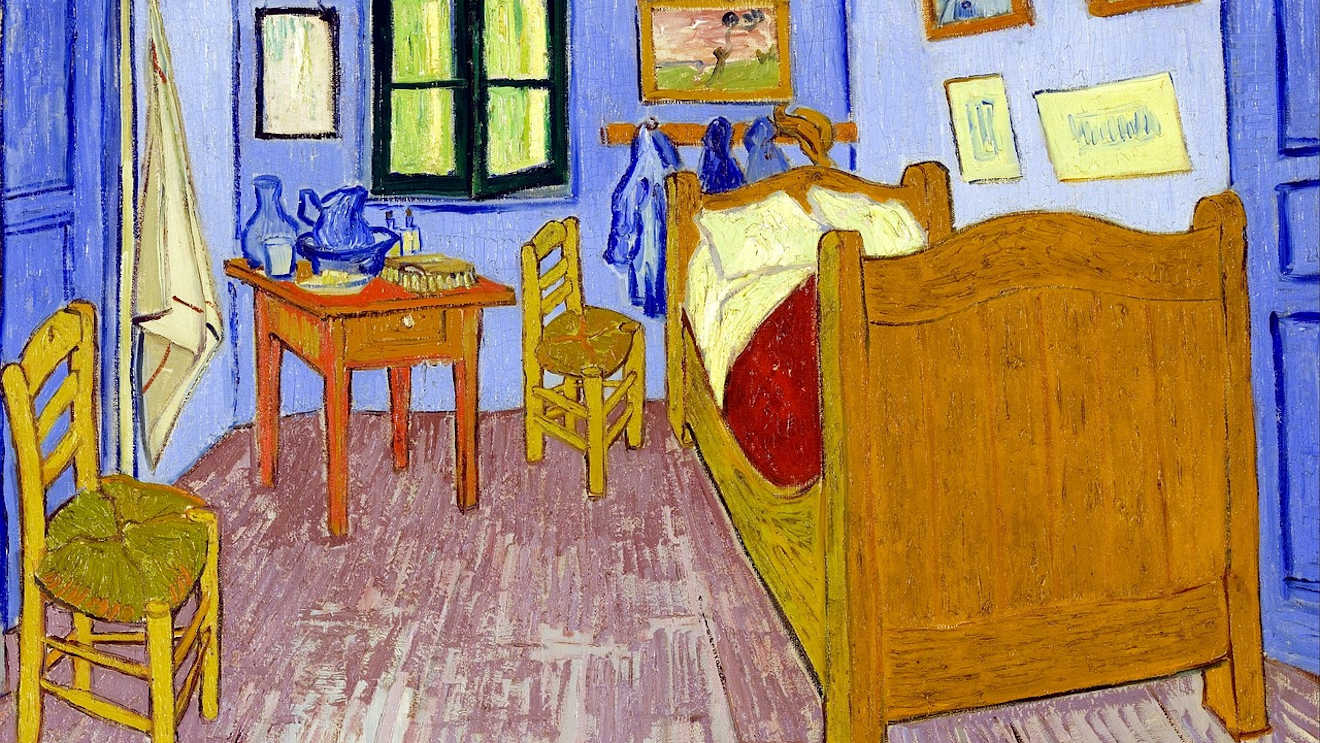
It is clear that whilst this period of 3 months in Arles was extremely productive for both painters (together they produced around 80 paintings), their relationship gradually deteriorated, caused in part by too much drinking, as well as their different temperaments coming to the fore. Van Gogh (from the evidence of his letters from this period) seems to have been wracked by feelings of self-doubt and inferiority; and Gauguin comes across as arrogant and over-bearing. So in short it was a bit of a fateful combination.
Although nobody can know for certain, it seems that catalyst for the famous ear-cutting incident was that van Gogh found out that Gauguin was planning to leave Arles to return to Paris. There is conflicting evidence about whether van Gogh did actually cut off his whole ear, with most accounts reporting that it was only the left ear lobe. But what cannot be disputed, is that the local residents of Arles thought that van Gogh was completely mad (and often referred to him as the Red Mad Man). Initially van Gogh was taken to the hospital in Arles, but he was later brought to the asylum in nearby Saint Remy de Provence.
The value of Vincent van Gogh's Arles paintings
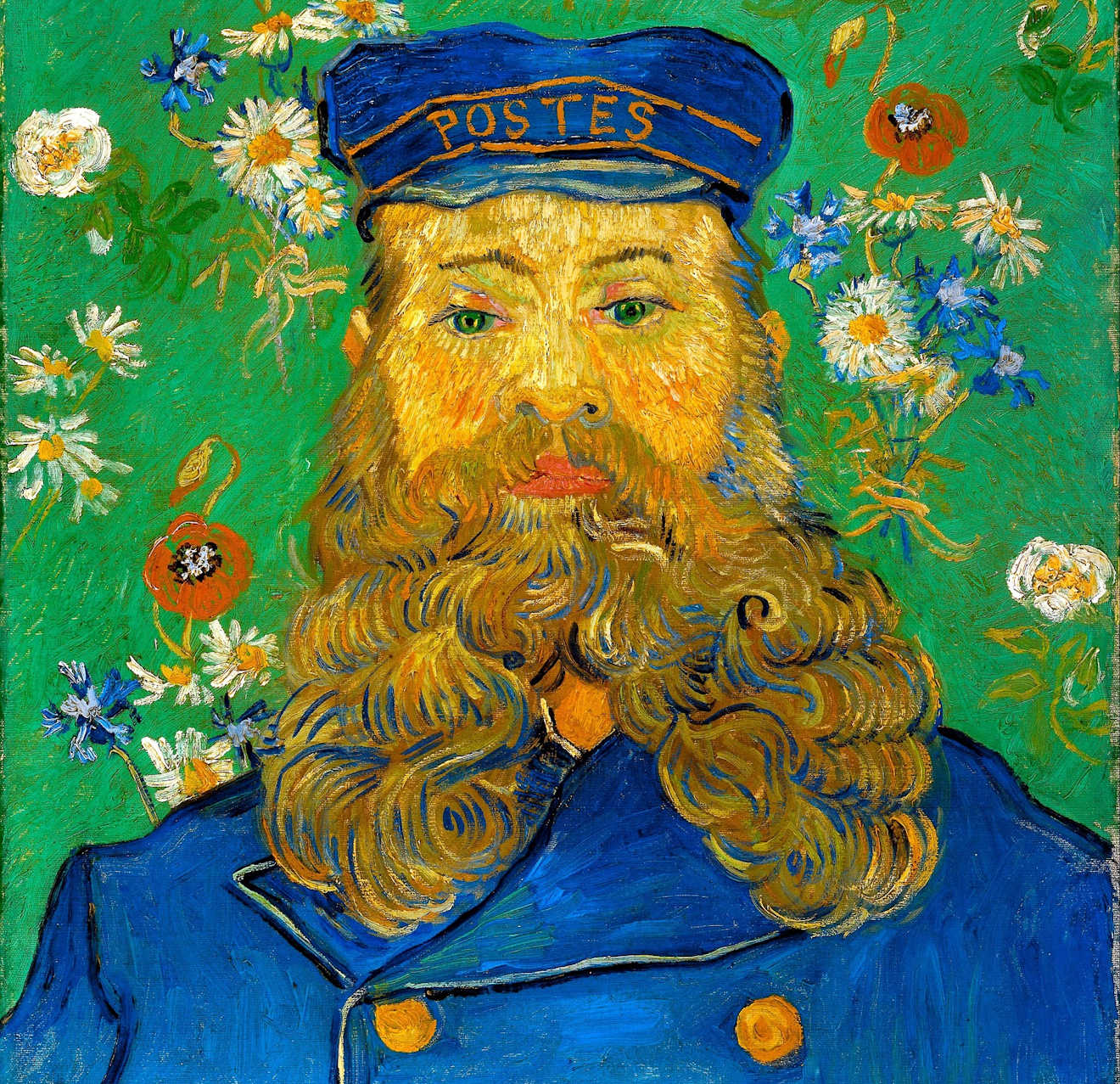 Portrait of Joseph Roulin, Vincent van Gogh 1889
Portrait of Joseph Roulin, Vincent van Gogh 1889
If you look at the sale price of just 10 paintings from van Gogh's time in Arles, it comes to a total of $570.4 million. In today's market, the paintings will be worth close to $1 billion.
- Starry Night over the Rhône (1889) - sold for $50 million in 1990 (now estimated at $250 million)
- Orchard with Cypresses (1888) - sold for $117.2 million in 2022
- Self-portrait Without a Beard (1889) - sold for $72 million, 1998
- The Avenue of Les Alyscamps (1888) - sold for $66.3 million in 2015
- Portrait of Joseph Roulin (1989) - sold for $58 million in 1989
- A Wheatfield with Cypresses (1888) - sold for $57 million in 1993
- Landscape under Stormy Sky (1889) - sold for $54 million in 2015
- Sunflowers (1889) - sold for $39.7 million in 1987
- L’Arlésienne, Madame Ginoux (1890) - sold for $36 million in 2006
- Bridge of Trinquetaille (1888) - sold for $20.2 million in 1987
Vincent van Gogh Art trail in Arles
Walking around Arles today you can still see some of the real-life scenes that van Gogh painted in the late 19th Century. There are 5 sites in particular that you will want to search out:
1. Café Terrace at Night.
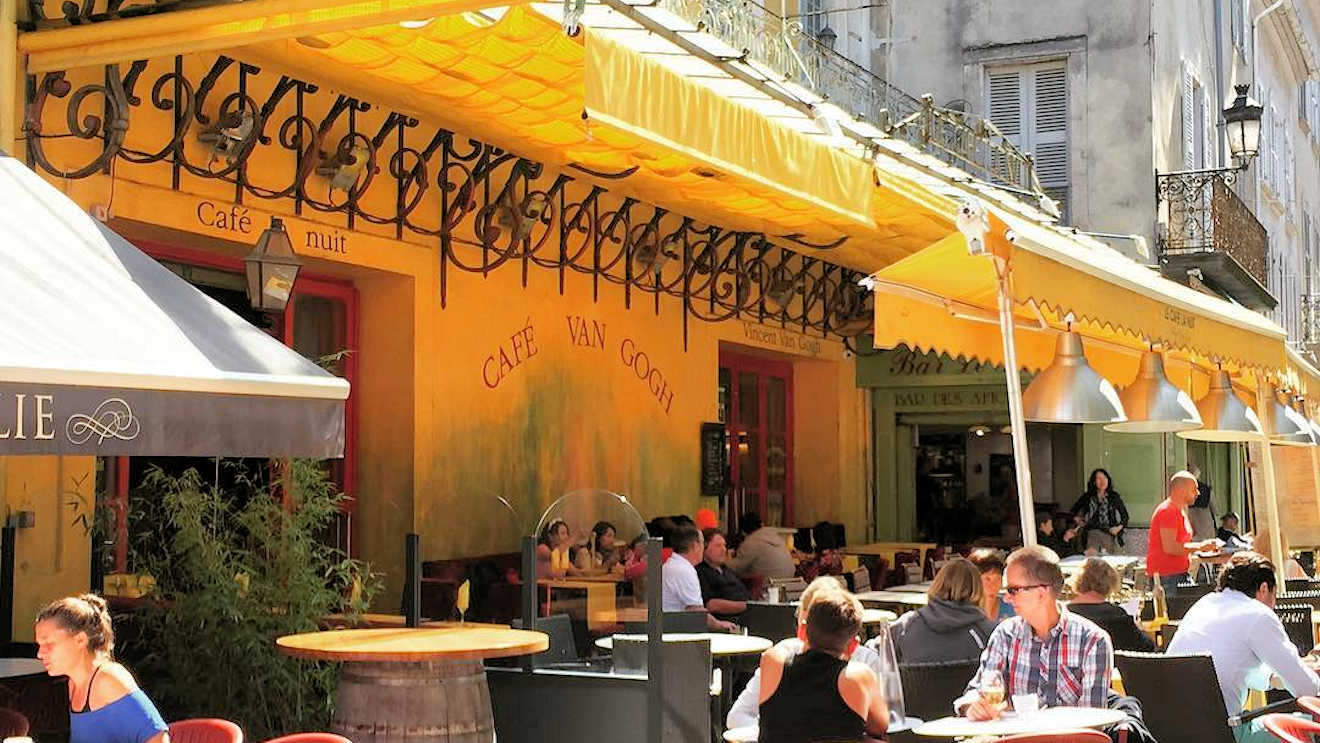
Stand in the Place du Forum and see the street scene at night so vividly captured by van Gogh. When I was in Arles I just happened upon the The Café Terrace scene purely by chance. You would think that all the scenes and groups of tourists would have given the game away, but alas no. In fact it took me a couple of minutes thinking that the scene from my café chair was strangely familiar and then it slowly dawned on me!!
2. Jardin d'Ete
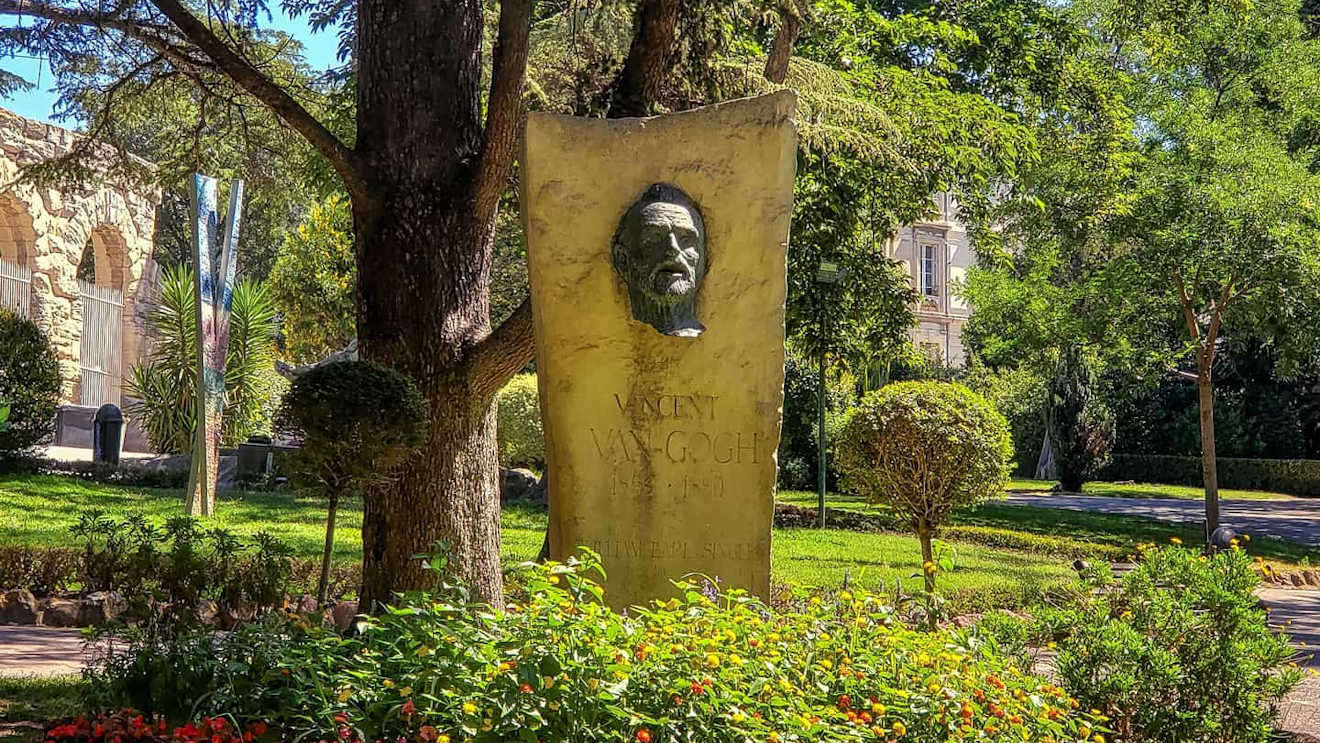
In the Jardin d'Ete in the centre of Arles, there is now a monument to van Gogh. You can also find the pathway famously captured by van Gogh with an image of his original painting to compare with the actual view. It is surprising how little the park has changed
3. L'Hopital d'Arles
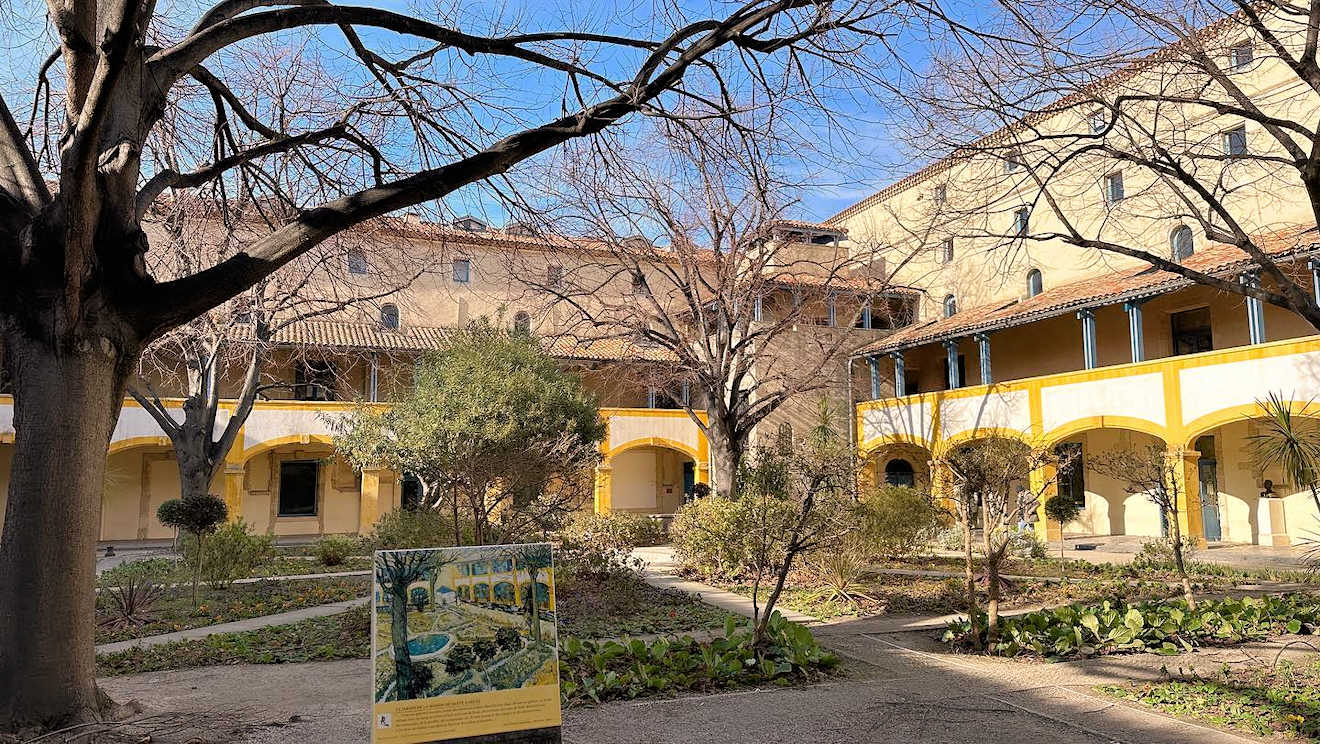
On the 23 December 1888, van Gogh sliced off part of his ear On the morning of 25 December 1888, van Gogh was brought to the hospital in Arles and he stayed there until 7 January 1889. He was diagnosed by the hospital as suffering from "acute mania with generalised delirium". He was then re-admitted to the hospital on two further occasions, from 7 to 18 February 1889 and from 26 February to 8 May 1889 (when the local police were called to his house in Arles after receiving a petition by 30 towns people, who called him "fou roux" (the redheaded madman). He painted a striking picture of the hospital and the site has now been dedicated to him (Espace Vincent van Gogh).
4. Le Pont
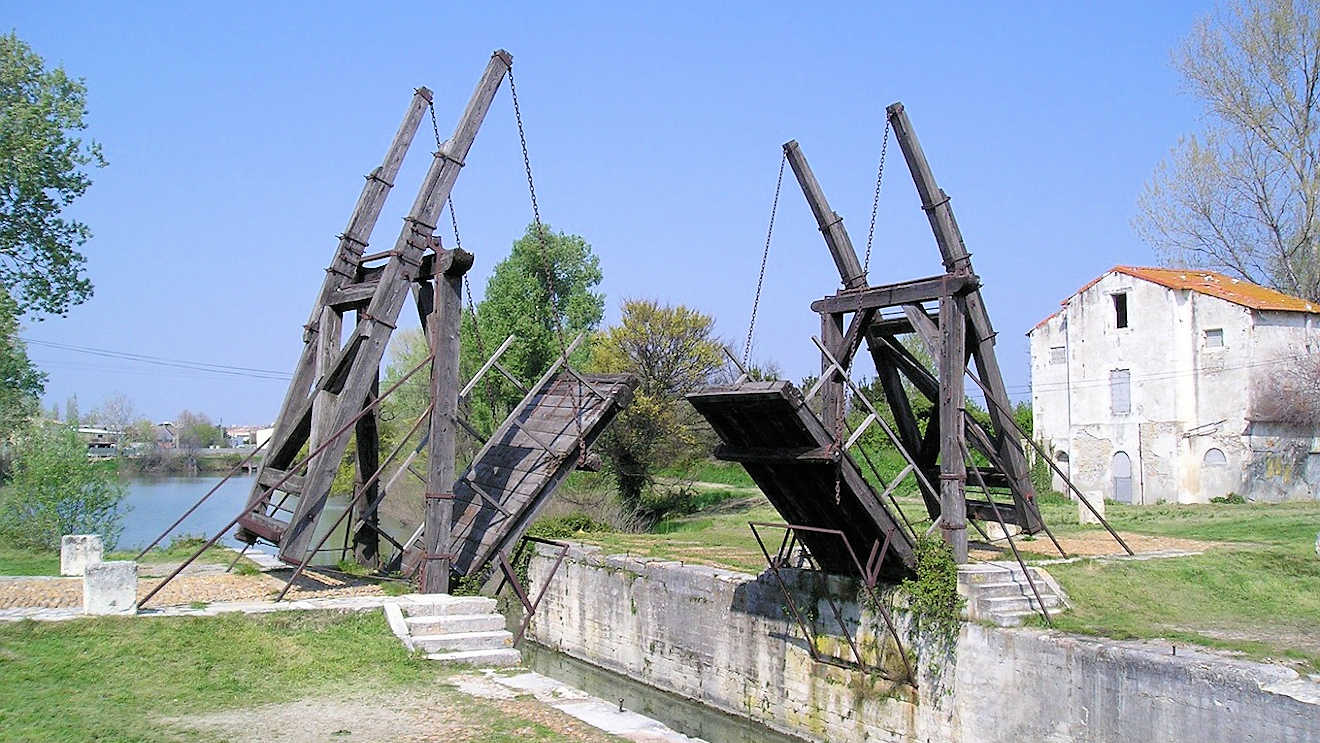
Just on the Southern outskirts of Arles you will find the bridge painted by van Gogh in 1888 ('Le Pont'). You have to really imagine how this rural scene would have looked at towards the end of the 19th Century, because it is now enveloped by an industrial estate, disused railway line and graffiti. This is a real shame because the area could become an important attraction and nature trail, just like John Constable's Flatford Mill has become in Ipswich, England.
Van Gogh in Saint Remy de Provence
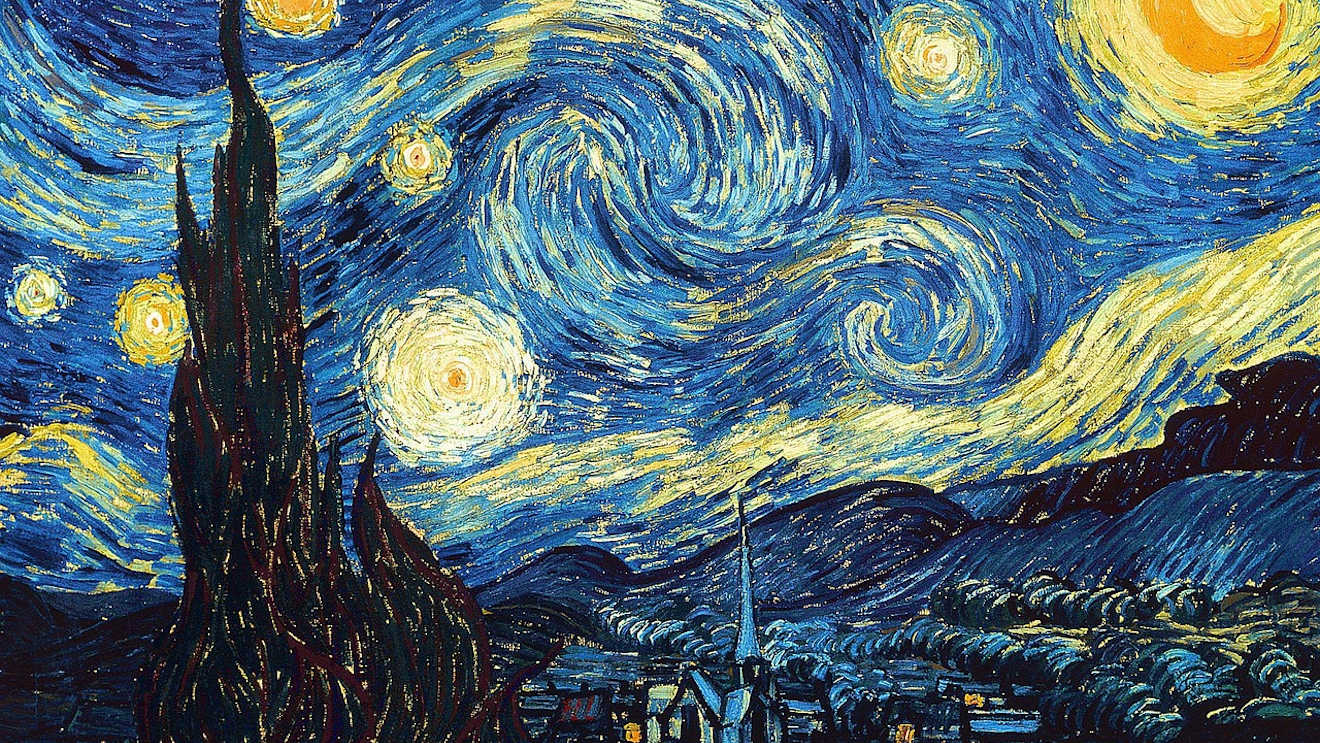 The Starry Night, Vincent van Gogh 1889 - painted in St Remy de Provence
The Starry Night, Vincent van Gogh 1889 - painted in St Remy de Provence
Vincent Van Gogh stayed in Arles up until mid-1889. In May 1889, he was brought to the asylum in St Remy de Provence, by a priest and his carer. At the asylum, van Gogh was given 2 rooms, one of which he used as his studio. Despite suffering from debilitating depression and hallucinations, he still remained productive during this period. He produced his famous paintings of 'The Wheat Field', 'The Round of Prisoners' and 'Two Peasant Women Digging in a Snow-Covered Field at Sunset'.
Many have speculated about the exact cause of van Gogh's mental condition, but it seems that the consensus is that he suffered from bi-polar disorder. At the hospital in Arles he was diagnosed as suffering from epilepsy and recent studies have confirmed that his delirium was certainly not helped by his use of lead in his painting oils.
Van Gogh's movements around St Remy were naturally quite restricted, but on his supervised walks around the hospital gardens he began to make studies of the Lilacs and Irises, as well as the Cypress and Olive trees, all of which featured in a number of paintings during this period.
It is quite amazing that 3 of the paintings that Vincent van Gogh produced in between his bouts of depression and epileptic fits, have today sold for a combined value of $157m ('A Wheatfield with Cypresses' (1889) $57 million; 'Peasant Woman Against a Background of Wheat' (1890) $47 million; and 'Irises' (1889) $53 million).
Today, you can join a guided tour of the St Remy asylum where van Gogh stayed and to explore the gardens which featured heavily in his paintings.
During February and April 1890, van Gogh suffered a relapse in his condition and in May 1890 he was transferred to Auvers-sur-Oise, near Paris, to be near his devoted brother. He was placed under the care of Dr Paul Gachet (whose portrait he famously painted and which was sold 110 years later for a reputed $82 million). During a tremendous burst of artistic activity he painted 70 canvases in the last 2 months of his life. Just after completing his ominous 'Crows in the Wheatfields' (1890), he shot himself on 27 July 1890, and died two days later.
Van Gogh's St Remy paintings
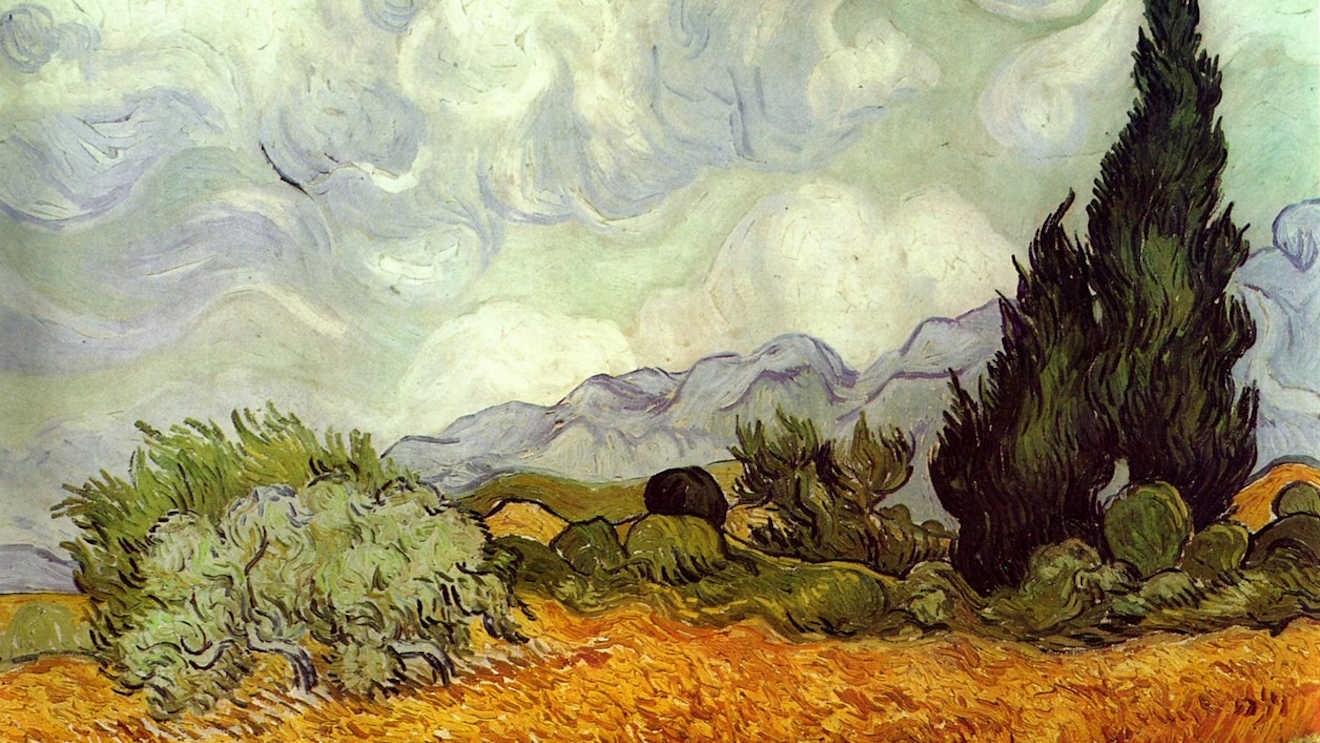 Wheatfield with Cypresses, Vincent van Gogh 1889
Wheatfield with Cypresses, Vincent van Gogh 1889
Despite suffering from debilitating mental health issues, Van Gogh still managed to continue working during his stay in the asylum in St Remy de Provence. He managed to paint a staggering 140 paintings during his 12 months in Saint Remy de Provence.
It is quite haunting to read some of the letters that Van Gogh wrote to his brother Theo from the asylum in St Remy:
" . . . the landscape of St-Rémy is very beautiful, and little by little I’m probably going to make trips into it. But staying here as I am, the doctor has naturally been in a better position to see what was wrong, and will, I dare hope, be more reassured that he can let me paint . . . ".
He doesn't come across as a mad man, but as a deeply troubled soul. It is especially sad considering scientists now believe that part of the cause for his health issues, was due to the excessive levels of lead he mixed into his oil paints.
St Paul de Mausole Asylum at St Remy de Provence
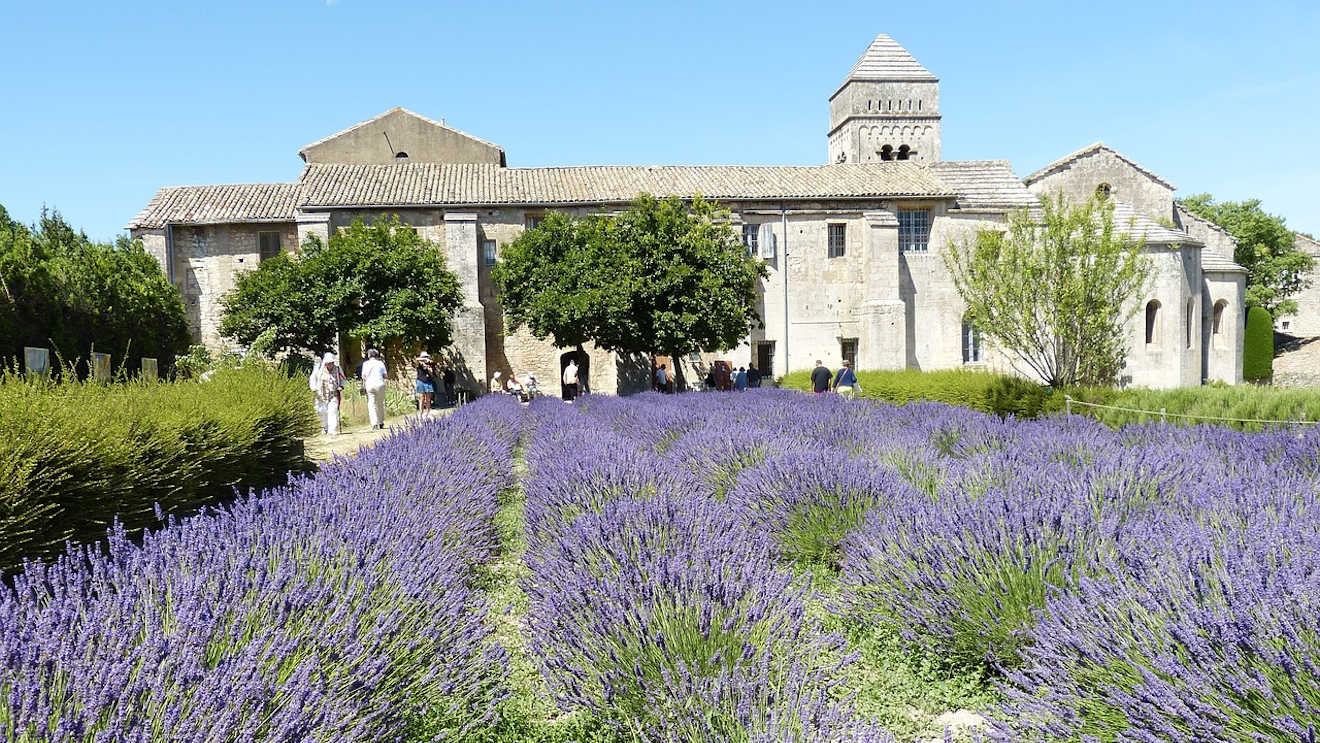
Today, you can join a guided tour of the St Paul de Mausole Asylum in St Remy de Provence, to see where van Gogh stayed and to explore the gardens which featured heavily in his paintings. Images of the famous paintings van Gogh produced during his period in Saint Remy are displayed in the gardens and it is uncanny how the scenery has hardly changed.
The Saint Paul de Mausole Monastery is located on the southern edge of St Remy at Avenue Dr Edgar Leroy, 13210 Saint-Rémy-de-Provence.
Where to next . . .?
If you are planning a trip to the South of France in 2024, then Camargue is an excellent location. The Camargue is a stunningly beautiful part of Southern France and the largest river delta in Europe. This large area of salt marshes and wetlands is home to the famous pink flamingos, the white horses and the black bulls of the Camargue. The Camargue has more than 400 species of birds and is officially classified as a Regional Park in France. The historic city of Arles, lies in the centre of the Camargue and it was here that Vincent van Gogh painted some of his most memorable landscapes. You can also enjoy visiting the walled town of Aigues-Mortes.
If you are planning a trip to the Camargue or the South of France in 2024, then the following articles are a good source of local information:
Visit the historic coastal town of Saintes-Maries-de-la-Mer in 2024 and discover the best beaches and restaurants to visits, as well as the sites to see in the town and surrounding Camargue region.
|
Aigues-Mortes was originally built as the principal port in the South of France. The walled town of Aigues-Mortes is now a mandatory stopping off point for visitors on any tour of the South of France.
|
Find out the fascinating history behind the annual pilgrmage of Gypsies across Europe to the coastal resort of Saintes-Maries-de-la-Mer to celebrate their Patron Saint.
|
Discover the beauty of the Camargue region in Southern France, from the Pink flamingos, the White horses, the Black bulls and the special array of birdlife.
|
Go Languedoc provides high quality holiday accommodation across the South of France. Check out these stunning holiday villas & gites to rent in 2024 near Montpellier and the Camargue.
|
The ancient Roman city of Arles is the gateway to the Camargue region and is famous as the setting for many of the paintings of Vincent van Gogh and Paul Gaugin.
|
Contact Iain by Email if you have any particular questions you would like to ask about visiting Carcassonne and the South of France. If you liked the article then please share it with others using the Twitter and Facebook buttons below. I wish you a wonderful stay in the South of France.






